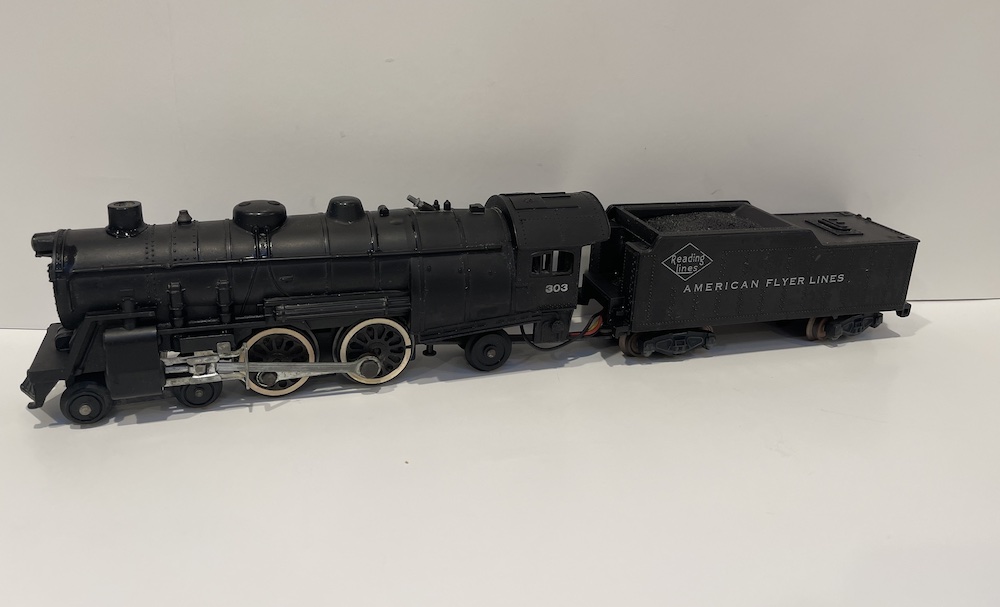
American Flyer’s No. 303 Reading Lines 4-4-2 Atlantic steam engine and tender helped to inspire a young boy growing up near Chicago back in the middle 1950s to first consider how he might make railroading the essence of his career. Kevin Keefe, who would grow up to serve as a distinguished editor for Trains Magazine […]
Read More…

Locomotives, regardless of scale, have always been at the forefront of technological advancements in model railroading. Over the past decade, this trend has accelerated: bringing in innovative features and enhancements that redefine the hobby. Whether they’re seen as trailblazers for the future or as models featuring nothing but “all the bells and whistles,” let’s explore […]
Read More…
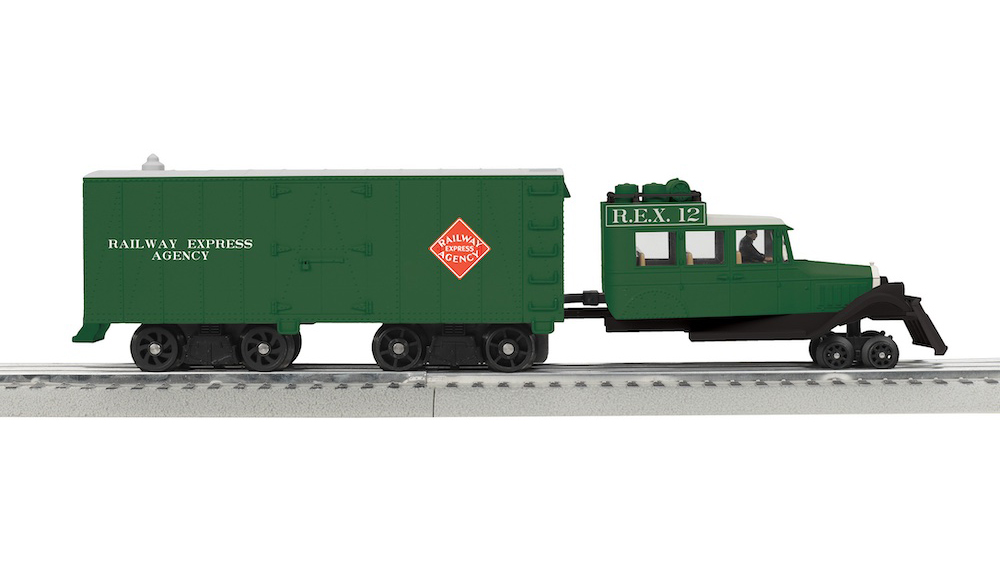
Locomotives & rolling stock E-Z Catch, 5 Tysen St., Staten Island, NY 10301, is selling a custom-run MTH Alco RS1 locomotive as part of the RailKing line (30-21283). The engine features Proto-Sound 3.0 and O-31 operation. Expected delivery in April 2025. Price: $409.85. Website: e-zcatch.com Metropolitan Division of the TCA (METCA) offers a custom-run MTH […]
Read More…
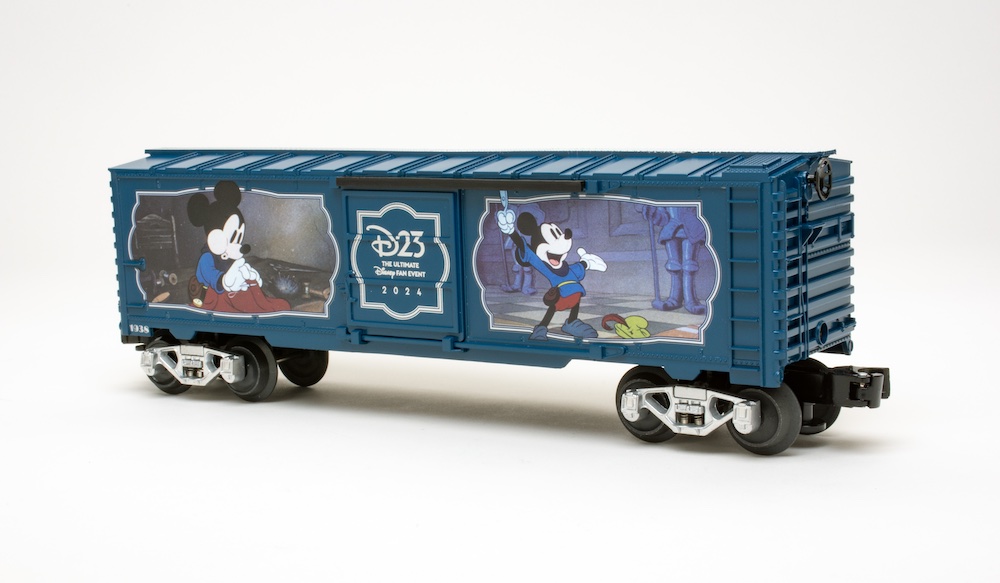
Lionel and Disney have had a relationship since 1934 with the introduction of the No. 1100 Mickey Mouse Handcar. It’s no surprise that former still offers a number of branded products from the latter today. Lionel sent a sample of their Disney D23 Mickey Mouse boxcar (No. 2401561) for review. For anyone [like me] who […]
Read More…
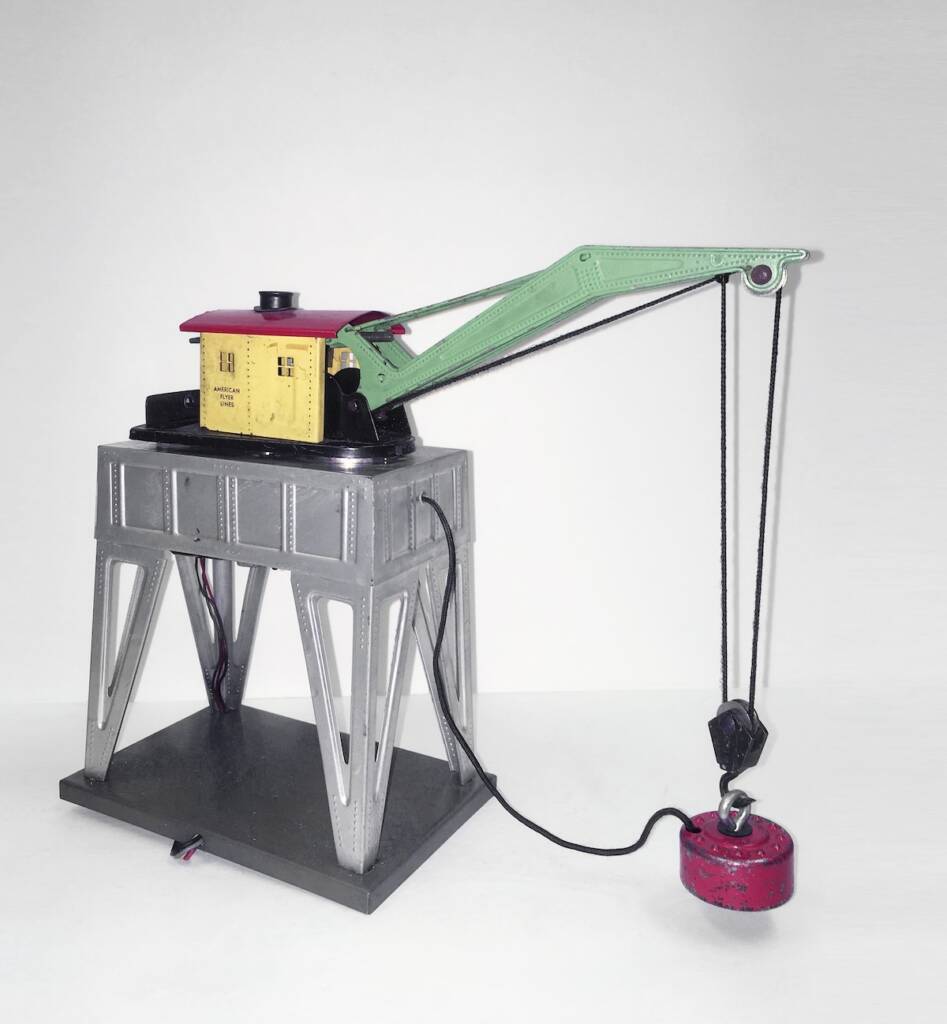
A quiet revolution changed the toy train industry in the 1930s. Firms aimed to introduce more realistic products. Advances in the die-casting of metals and the compression-molding of plastics shaped that trend. The A.C. Gilbert Co. began to develop scale and semi-scale engines and rolling stock while pushing for greater animation in its accessories. The […]
Read More…
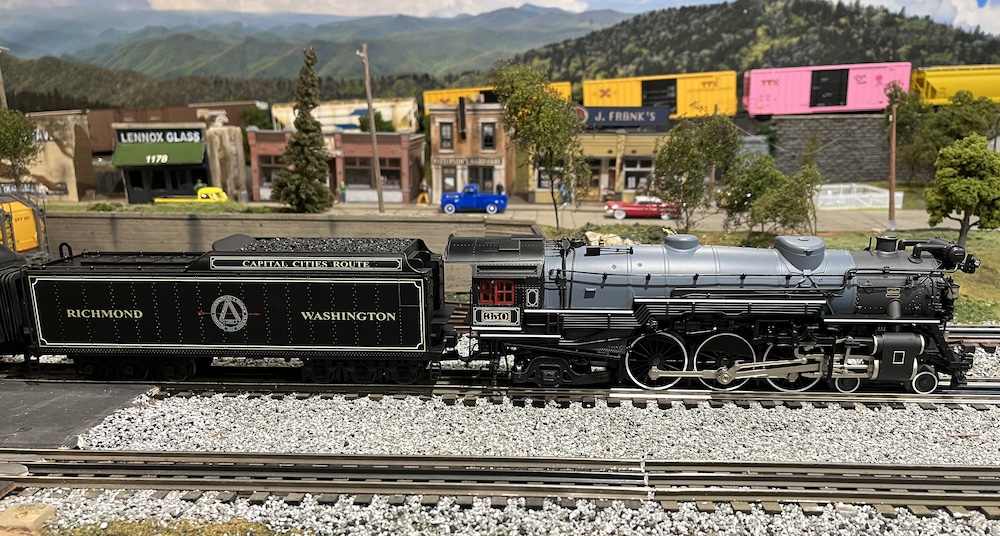
The F19 Pacific-type was distinctive for its air pumps lining the front of the smokebox. These steam locomotives were developed by the Chesapeake & Ohio Railway, and famously pulled the George Washington between Cincinnati and Washington D.C. One feature that made the train a stand out was the Pullman heavyweights that featured the route’s name […]
Read More…
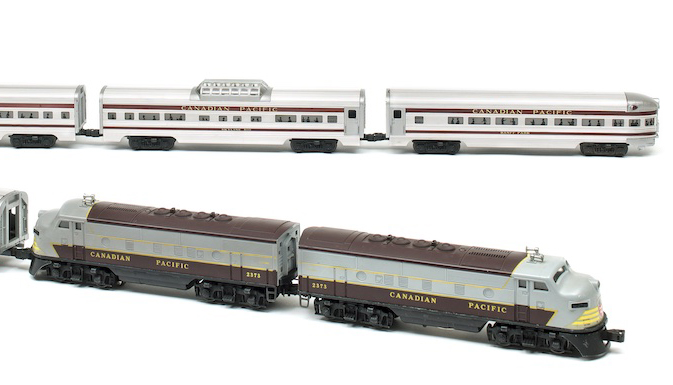
As the postwar era began for Lionel, concern for a more colorful, more highly decorative product was paramount, so Lionel examined different processes for decorating their trains. The tried and true methods (heat stamping and rubber stamping) were used to great success, but both had limitations. With heat stamping, a fairly flat surface was needed, […]
Read More…

A new year means a new set of product announcements by Lionel. Technically, it started in late 2024 with the VisionLine O scale J1e Hudson to serve as a headliner for the 125th year. It’s now 2025, and the annual Volume 1 “Big Book” catalog arrived on January 15 to officially kick off the Quasquicentennial. […]
Read More…
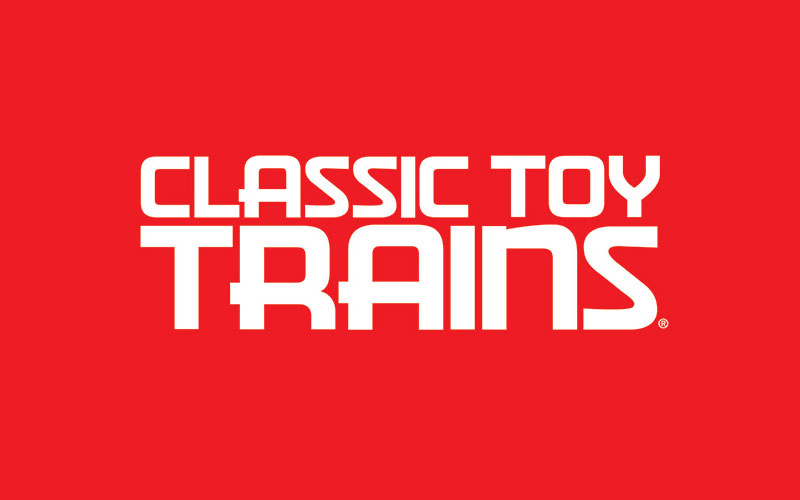
The National Association of S Gaugers (NASG) announces its 2025 convention, “The Shoreline Special,” August 6-10, 2025 at the Holiday Inn, Norwich, Conn. Registration fee is $75 for members and $90 for non-members (which includes 6-month NASG membership). Activities include an “ice breaker” party on Wednesday evening, a tour of Mystic Seaport and downtown Mystic […]
Read More…

The Lionel 2025 Volume 1 catalog was recently published on the manufacturer’s website. Highlights include Lionel Lines Vision Hudson prewar sets, Vision Commodore Vanderbilt locomotives, a 20th Century Limited set, a 125th anniversary Lighted Station Platform, an expanded “battery O” line, exclusive anniversary products, and much more. View the catalog at lionel.com. […]
Read More…

The Atlas Winter 2025 catalog was recently published on the manufacturer’s website. Highlights include a U30C diesel locomotive, a hot metal car, new GP40 paint schemes, new paint schemes for their 40-foot tank car, an upgraded Dash 8-40CW with Proto-Sound 3.0, and much more. View the catalog at shop.atlasrr.com Read more news in our news […]
Read More…
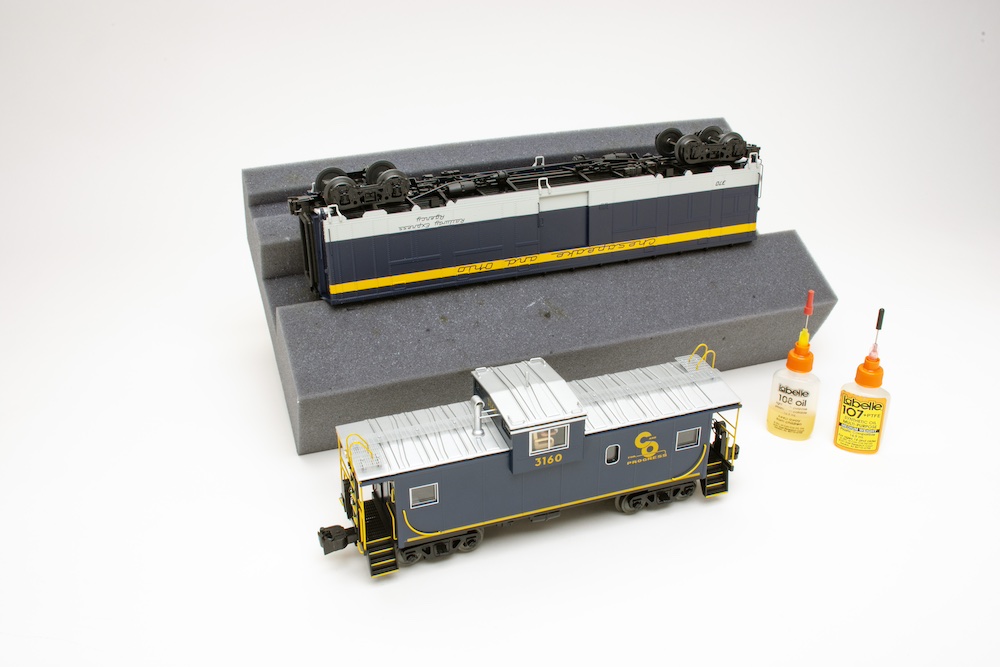
Modern O scale rolling stock takes leaps and bounds in the level of detail and playability provided. Manufacturers roll out high end-looking models with some featuring not only traditional lighting, but also sound and smoke effects to further replicate real-life railroading. But what hasn’t fallen into the realm of head-spinning complexity is lubricating these 1:48-scaled […]
Read More…











